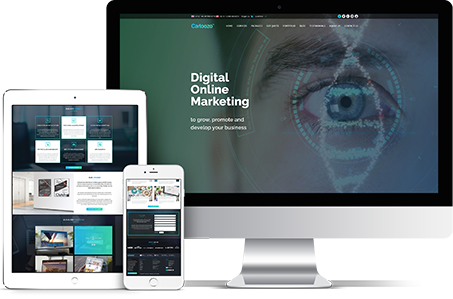
21
Nov
Debunking the social media myths
Since the advent of social media in the early noughties, a variety of urban myths have grown. We have noticed that these myths have almost become internet folklore, they can be the cause of much confusion and debate, and they continue to discourage businesses from using social media to promote themselves.
Here are a few social media myths we can bust for you, once and for all. We hope they will help you improve your own social media activity, and encourage you to use social media platforms to their full potential. The more activity you encourage via social media, the better your search engine rankings will be.
Here are the myths, can you relate to any of them?
Social media doesn’t need daily time and attention. This is just not true. Social media requires regular activity, at all times of the day and during the evening especially. And if you have an international audience, you will need to consider various time zones too. One or two posts per week are the very least you should be doing. If you have business pages on social media platforms, you or a team member should be checking them and updating them on a daily basis. Don’t forget weekends too. Social media use increases during the weekend, when people are off work, so if you want to be seen by the right people, you need to be around when they are enjoying free time on the internet.
Coming up with new content is really difficult. This is the number one problem that clients share with us, and yet, posting new content is not as difficult as it seems. The problem is that many content creators block their own creativity by trying to be too different, and too clever. The secret to flowing content on social media is to be natural, and focus on your customers’ interests and needs. Then post content which addresses these needs and interests, and provides solutions for them. Don’t be afraid of a little repetition either. If you have a special offer running, consider posting it a few times throughout the week, at different times in the day, to maximise the impact of the audience that sees it. If you keep it relevant, useful and informative, it should be well received.
I don’t like showing my personality. Many businesses hide behind the frosty exterior of a brand. This is a mistake, especially when it comes to social media. It is much better to develop a warm, approachable, and knowledgeable personality that engages people. A Facebook page that is purely a corporate stream of emotionless updates will not attract, or maintain an audience’s attention. Don’t be shy. Show your dazzling personality, wit and humour. It will pay dividends and show followers of your page that there is a real person behind the brand.
Social media is for young people and my audience is older. This statement is just wrong. The older generation are increasingly internet and social media savvy. They tend to have more disposable income, and they have more time to play on social media networks. They are also more likely to engage, share and comment on your posts! Don’t presume that Twitter and Facebook are populated by teenagers and the twenty-something’s only, you’ll be missing out on a huge, more mature, and discerning audience that could be looking for exactly what you are selling. Think about how influential Pinterest has become to retail brands. Corporate Pinterest users are benefitting by promoting themselves online to an older audience of cash rich shoppers. Don’t miss out.
Let us know about the aspects of social media marketing that you struggle with. Have you found a way of using social media that makes a difference to your business?




